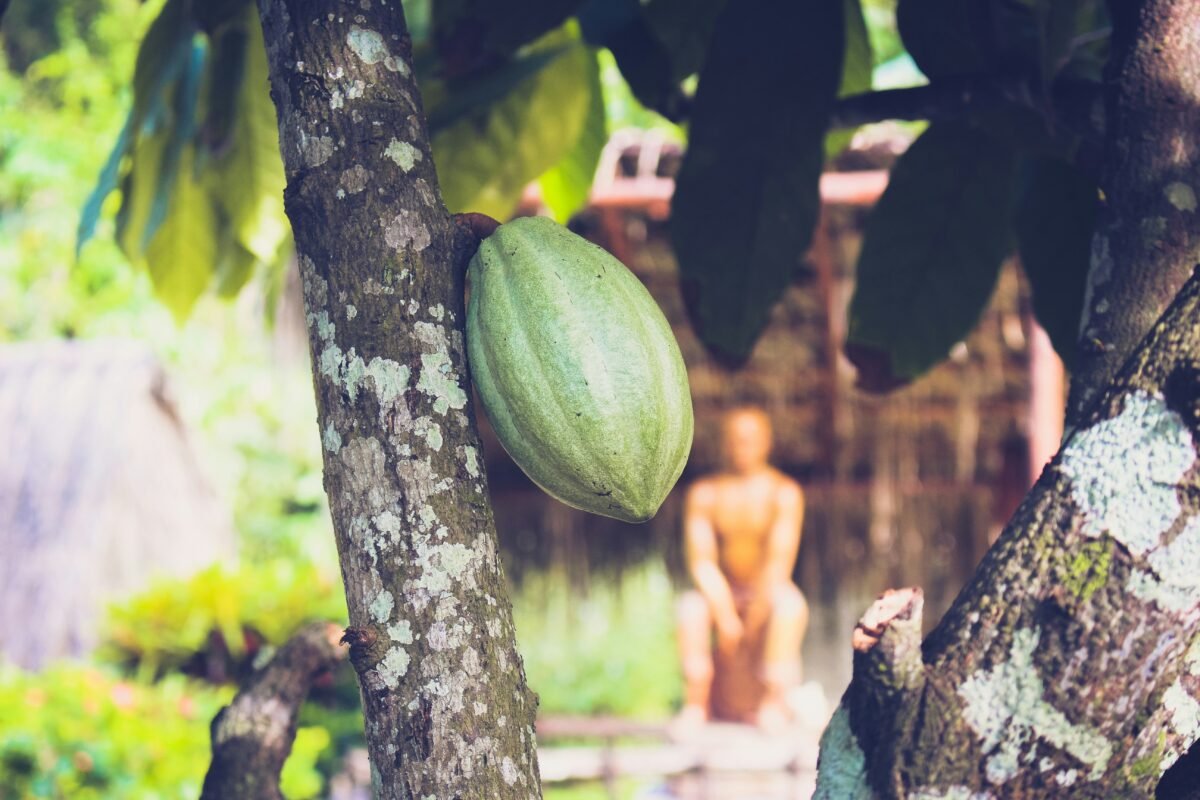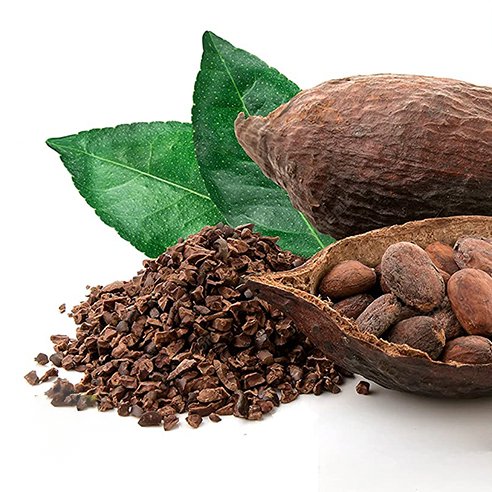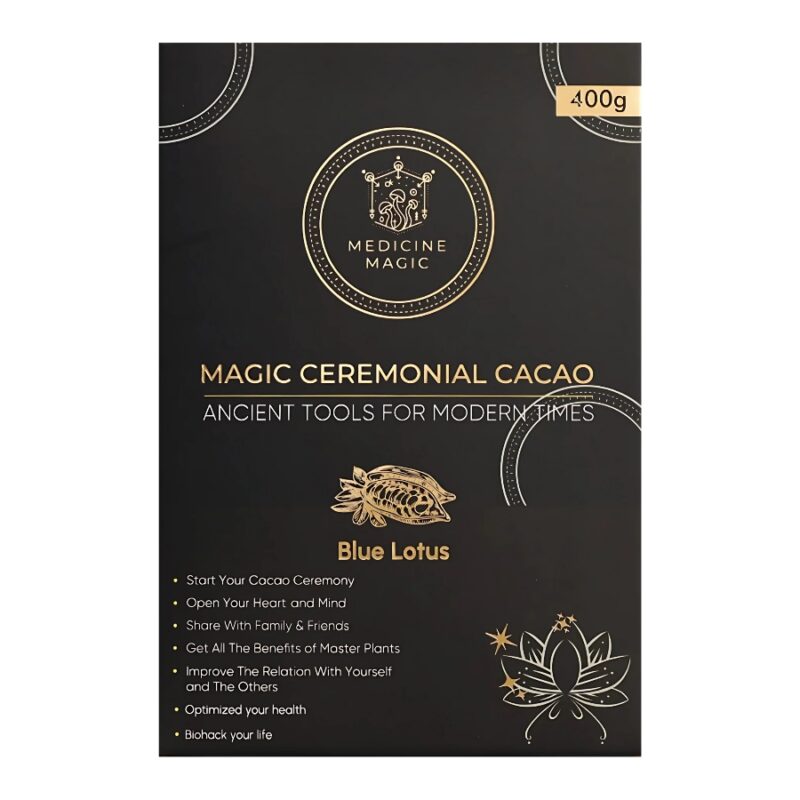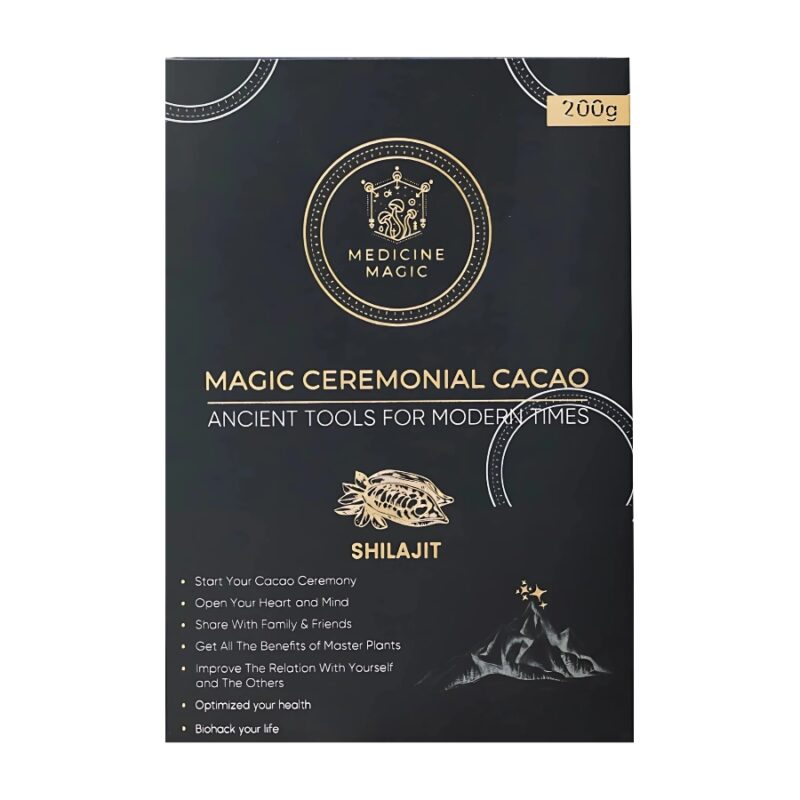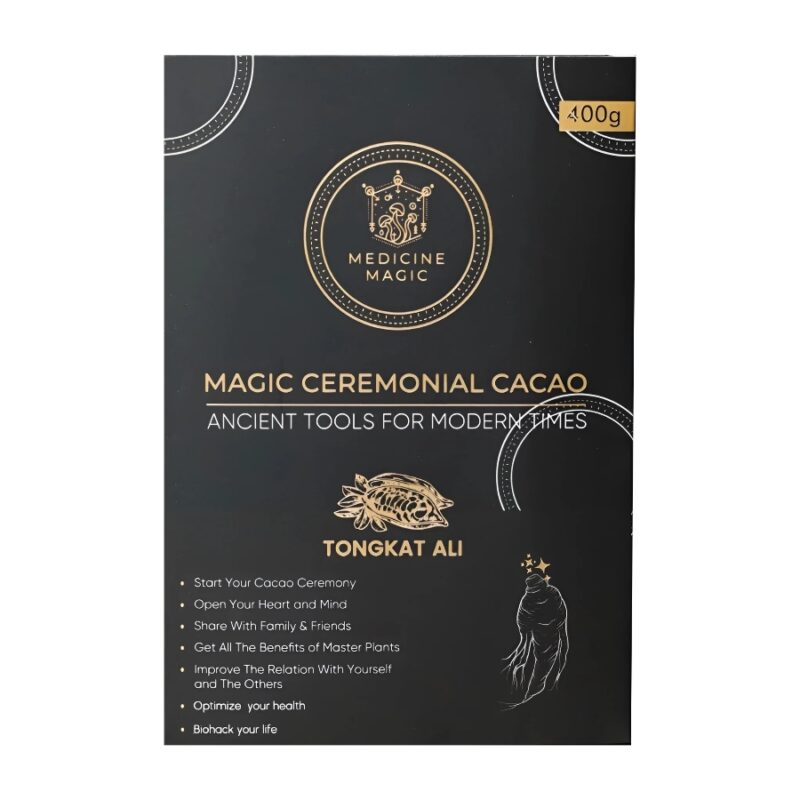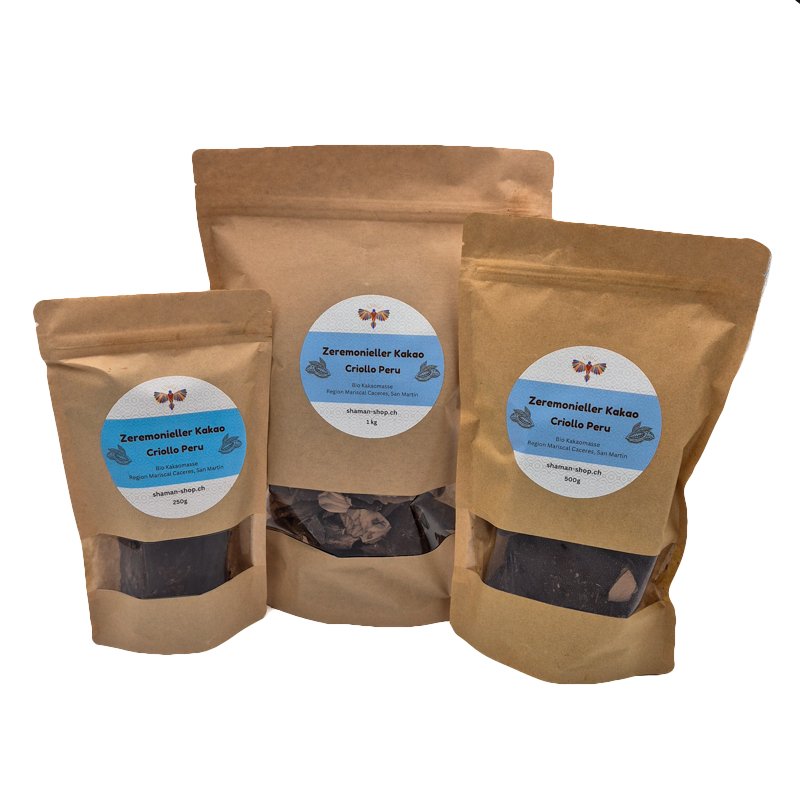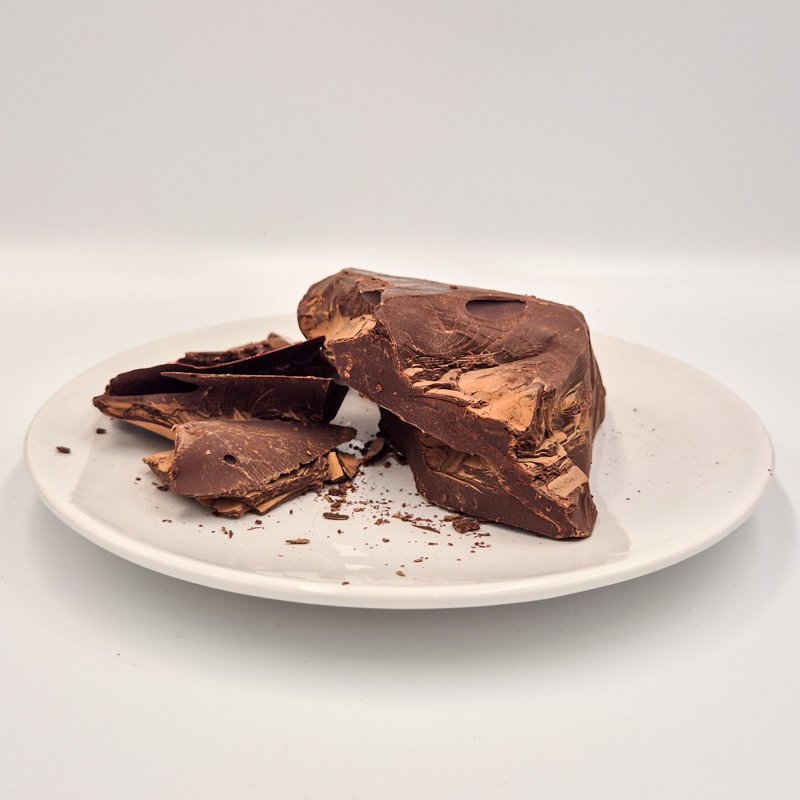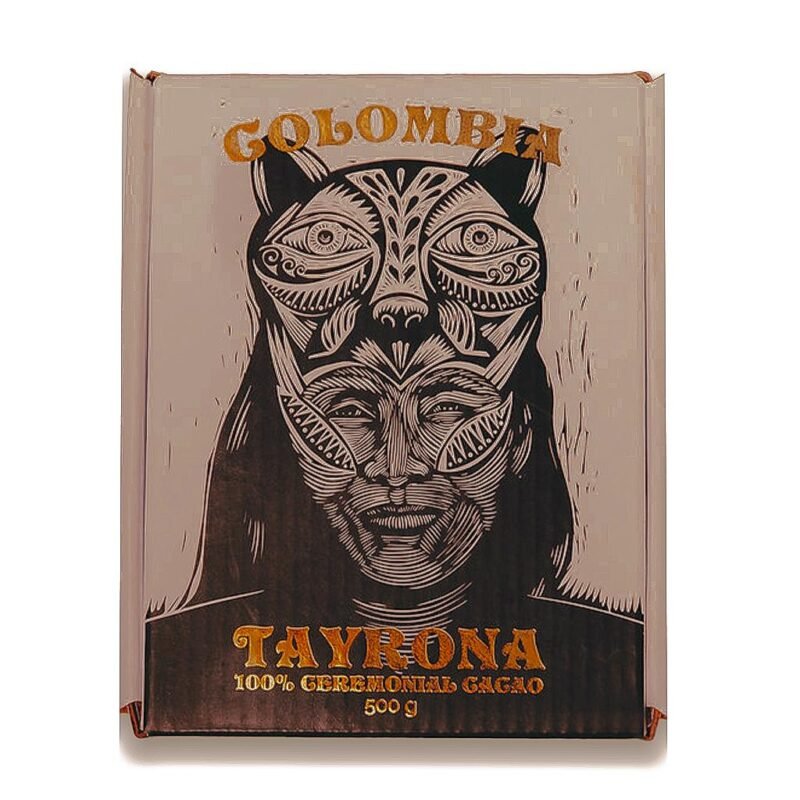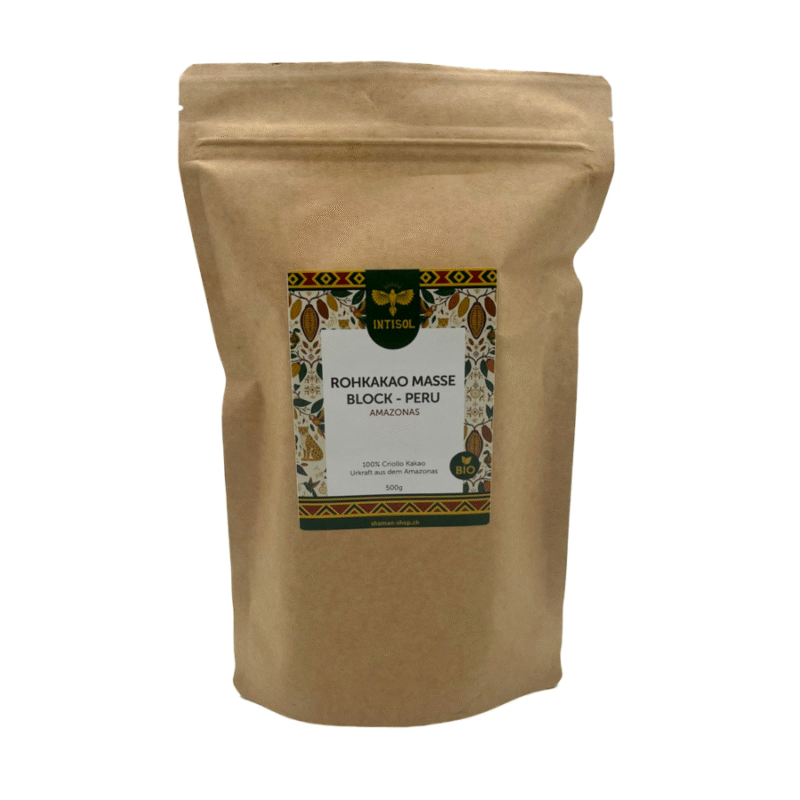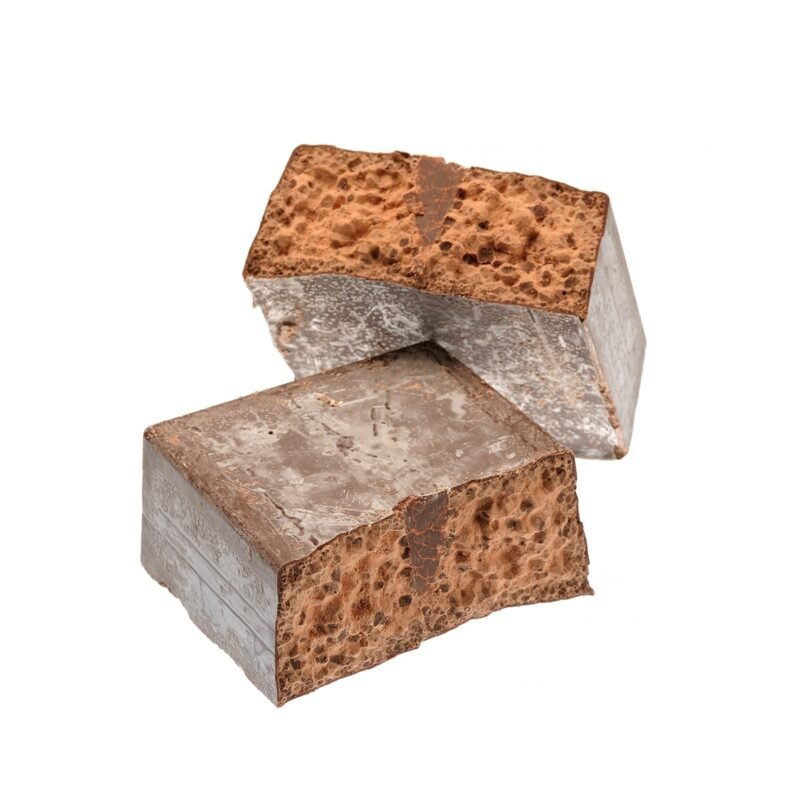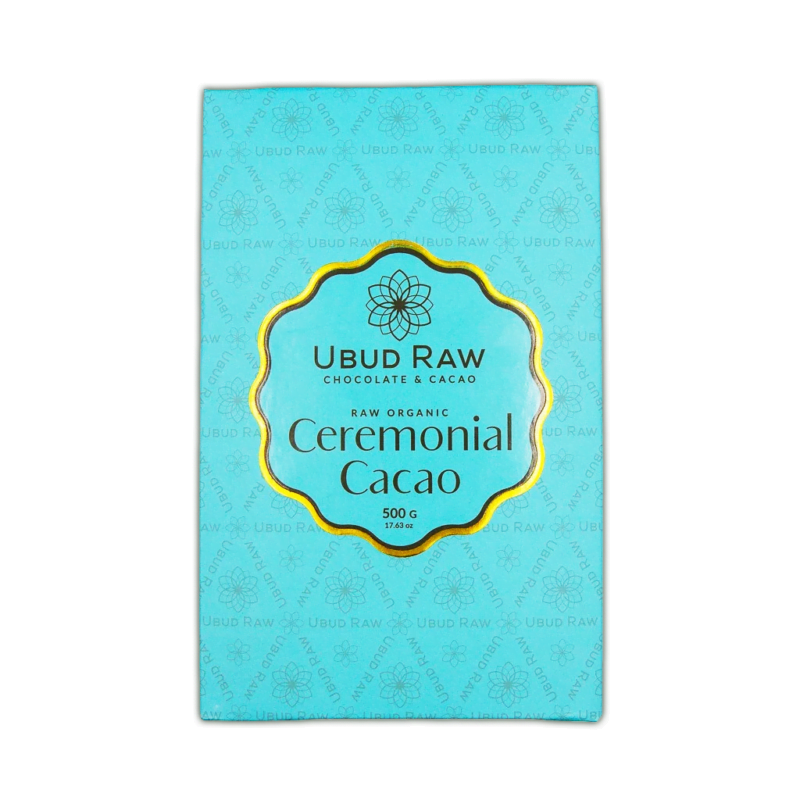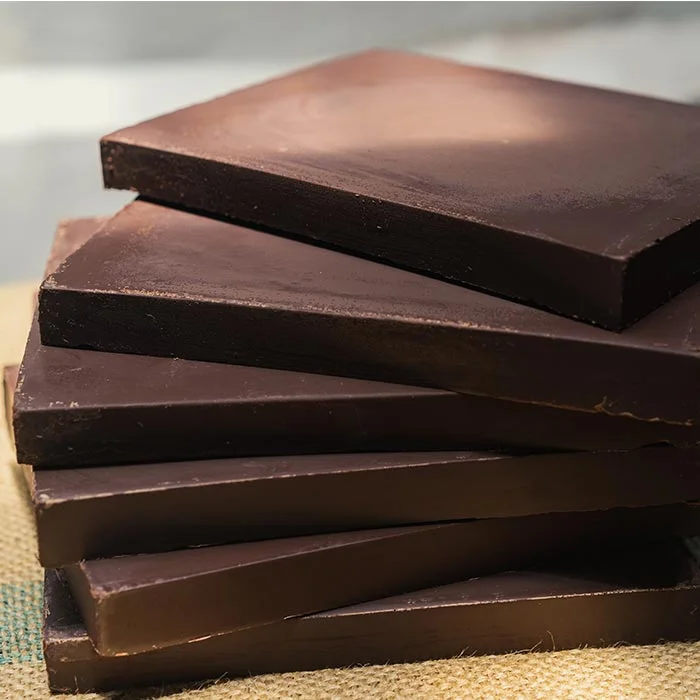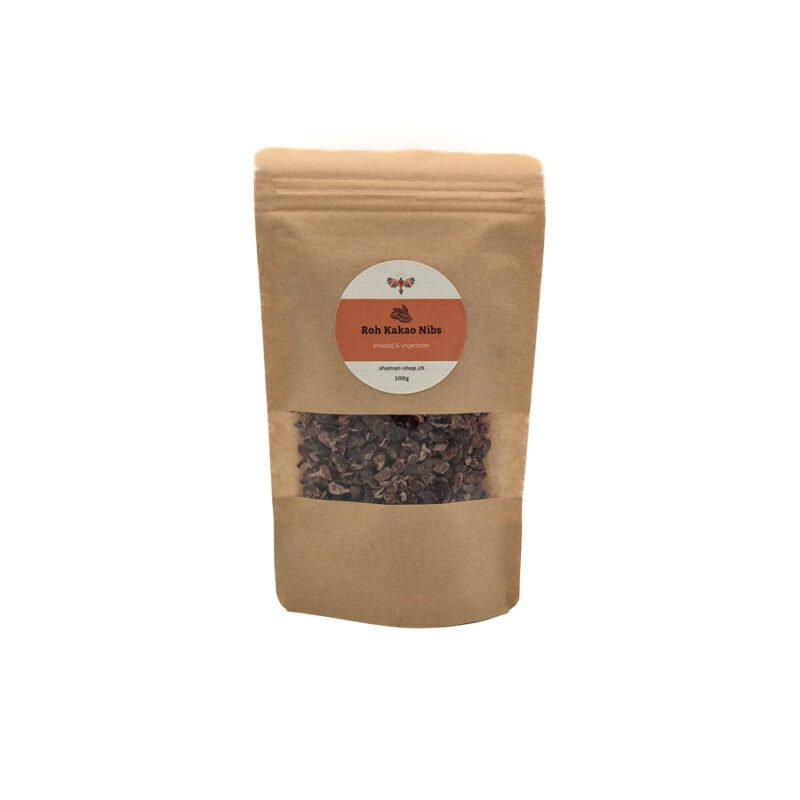The cacao plant, botanically known as Theobroma cacao, is a tropical tree that grows mainly in regions near the equator. The name Theobroma translates to “food of the gods”, reflecting the importance of this plant in the ancient cultures of Central and South America. The cacao plant plays a central role in the history and culture of these regions and is still cultivated and valued today for its valuable seeds – the cacao beans.
What is the origin and distribution of cocoa?
Recent archaeological discoveries suggest that the origin of cacao’s use may need to be redated. Finds in Ecuador show that cocoa beans were already used in the region around 5,300 years ago by the Mayo chinchip cultures. This discovery pushes the geographical and cultural origin of cocoa further back than previously thought. For a long time, Central America was considered the cradle of cocoa, but the latest findings from South America suggest that the plant was cultivated there much earlier.
From there, the cultivation of the plant spread along the tropical belt in Central America and Mexico. Today, the largest cocoa producers are countries in West Africa, Central and South America, and Southeast Asia.
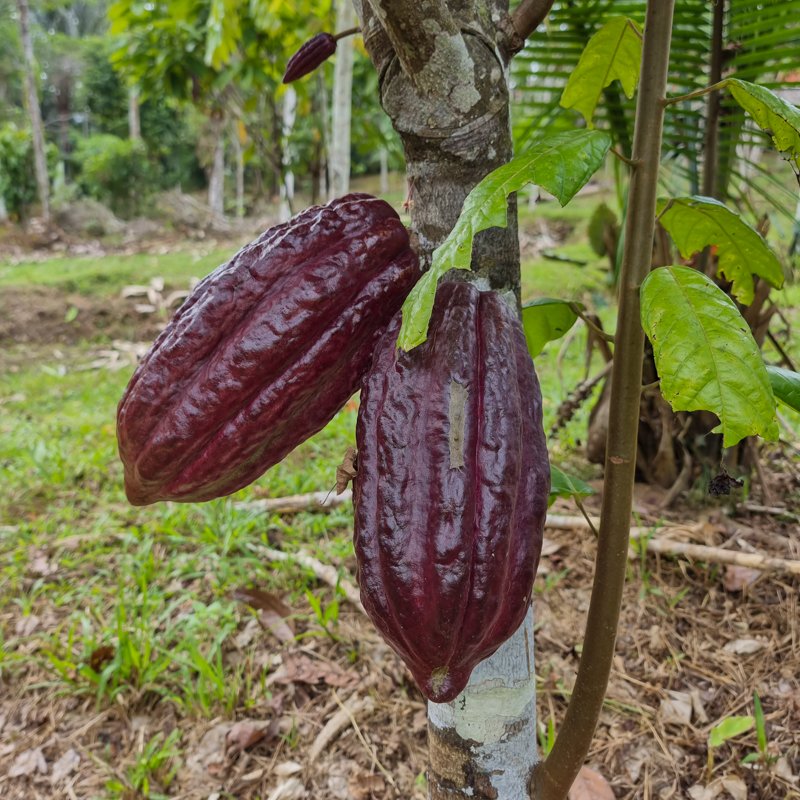
Anatomy of the cocoa plant
The cacao tree belongs to the mallow family (Malvaceae) and bears large, leathery leaves that remain green all year round. The small, inconspicuous flowers grow directly on the trunk and on the larger branches of the tree, a phenomenon called caulifloria. After pollination, these flowers develop into the cocoa pods, the fruits of the cocoa tree.
The cocoa pods are oval and vary in color from yellow to orange to red or purple, depending on the degree of ripeness and variety. Each pod contains about 20 to 50 seeds known as cocoa beans. These beans are surrounded by a sweet and sour pulp that can also be consumed.
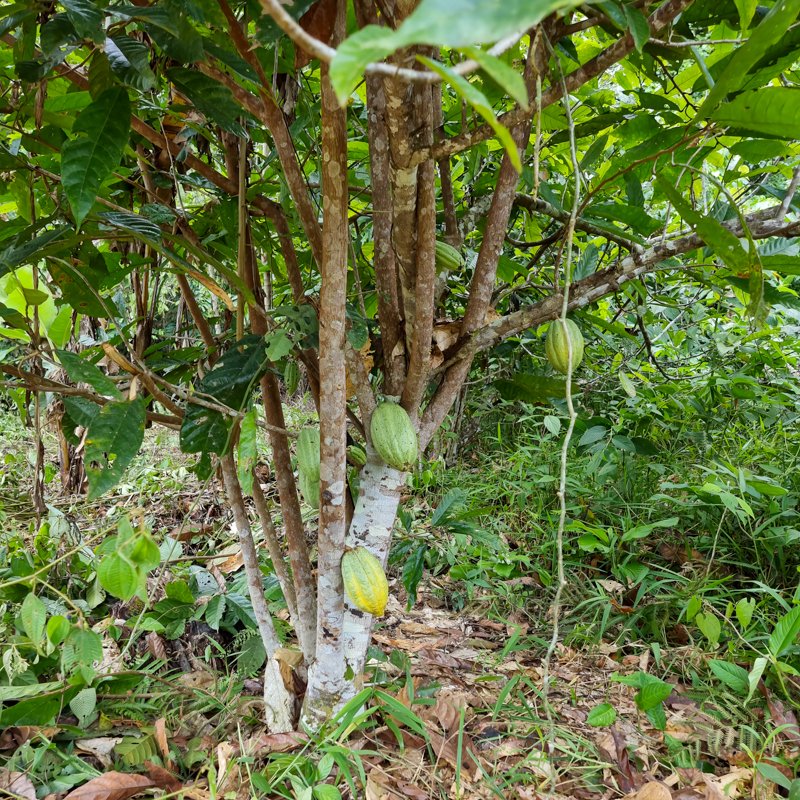
What forms of cocoa are there?
Cacao is processed and consumed in different forms, with each form having unique properties and uses. Here are some of the most common ones:
- Cacao nibs: Cacao nibs are small pieces of broken, dried cacao beans that are created after fermentation and roasting. They have an intense, tart flavor and are often used as a healthy ingredient in smoothies, desserts, or as a snack. Cacao nibs are rich in antioxidants, fiber, and nutrients, providing the pure, unprocessed flavor of cocoa.
- Cocoa powder: Cocoa powder is created when the cocoa butter is extracted from the cocoa beans. There are two types of cocoa powder: natural cocoa powder, which has a strong and slightly bitter taste, and alkalized (or “Dutch-processed”) cocoa powder, which is milder because it is treated with alkali during processing. Cocoa powder is widely used in baking, hot drinks, or making chocolate.
- Cocoa butter: Cocoa butter is the fat extracted from the cocoa beans. It is used in chocolate making because it gives chocolate its smooth texture and shine. Cocoa butter is also valued in the cosmetics industry because it has moisturizing properties.
- Cocoa mass: Cocoa mass, also known as cocoa liqueur, is a thick, paste-like mass that is formed when the cocoa beans are ground after roasting. It contains both the cocoa solids and the cocoa butter and is the main ingredient in chocolate production.
- Ceremonial Cacao: Consumed in its purest and unprocessed form, this cacao plays a central role in spiritual and cultural ceremonies. It is gently processed while retaining all natural ingredients to promote the spiritual experience. Ceremonial cacao is often prepared as a drink and used in rituals.
What types of cocoa are there?
There are three main varieties of cacao beans that are grown and used worldwide:
- Criollo:
Criollo is one of the rarest and noblest varieties of cocoa. It is known for its mild, aromatic taste and is often considered the finest variety. However, Criollo is very sensitive to diseases and produces lower yields. Due to its rarity and special taste, Criollo cocoa is often used for high-quality chocolate products. - Forastero:
Forastero is the most widely used cocoa variety, accounting for about 80 to 90% of the world’s cocoa harvest. It is more robust and resistant to disease than Criollo and produces higher yields. The flavor of Forastero cacao is stronger and tarter, making it a popular choice for mass production. - Trinitario:
Trinitario is a hybrid variety born from a cross between Criollo and Forastero. It combines the resilience of Forastero with the finer taste of Criollo. Trinitario is mainly grown in Central and South America and is a popular choice for high-quality chocolate products because it combines the best characteristics of both varieties.
In addition to the three main varieties Criollo, Forastero and Trinitario , there are other subspecies and local variants of cocoa, but they are less known or grown in specific regions. Some of them are:
- Nacional:
Nacional cacao is a rare and ancient variety that is mainly found in Ecuador. It is often considered a subspecies of Forastero, but it has a unique, floral and fruity flavor that stands out from other cocoa varieties. Nacional cacao was once almost extinct, but is now experiencing a revival by specialized cultivators. - Porcelana:
Porcelana is a rare and very fine variety of Criollo cocoa, which got its name from its porcelain white cocoa beans. Originally from Venezuela, it is characterized by its mild and particularly creamy taste, which is used in high-quality chocolate products. - Amelonado:
Amelonado is a variety of Forastero cacao that is mainly grown in West Africa. This strain is particularly robust and has an earthy and strong taste. Due to its resistance to disease and high yields, it is one of the most widespread Forastero variants. - Chuncho:
Chuncho is an ancient cacao variety from the Cusco region of Peru. It is less well known, but is appreciated by cocoa connoisseurs because it has complex flavors of fruits, nuts and flowers. It is usually grown in small quantities by local communities. - Arriba:
Arriba is a special variety of Nacional cocoa and is also grown in Ecuador. It is known for its intense, aromatic taste, which is described as “floral” or “fruity”. Arriba cocoa is mainly used for high-quality chocolates.
These different cocoa varieties and shapes offer a wide variety of flavor profiles and uses, from fine chocolate to nutrient-dense snacks and spiritual cacao ceremonies.
Cultural significance and use in ceremonies
In the ancient Mesoamerican cultures, especially the Maya and Aztecs, cacao played a profound spiritual role. It was not only considered a valuable commodity, but also used as a ritual drink in religious ceremonies. The Maya, for example, prepared cocoa as a thick drink with spices such as chili and used it in ceremonial acts to get in touch with the gods.
Even today, cocoa is used in ceremonial contexts. In many cultures in Central and South America, ceremonial cacao plays an important role, especially in spiritual ceremonies and healing rituals. The cocoa is prepared in its purest form, without the processing steps that are common in the production of chocolate. Such ceremonies aim to find inner peace and promote a deeper spiritual connection.
Importance of the cocoa plant for humans
Cacao is not only a central part of nutrition and trade, but also of cultural and spiritual significance. Its use in ceremonies that continue to the present day shows how strongly the plant is embedded in spiritual practices. Cacao symbolizes not only enjoyment, but also a connection to the traditions and spiritual world of indigenous peoples.
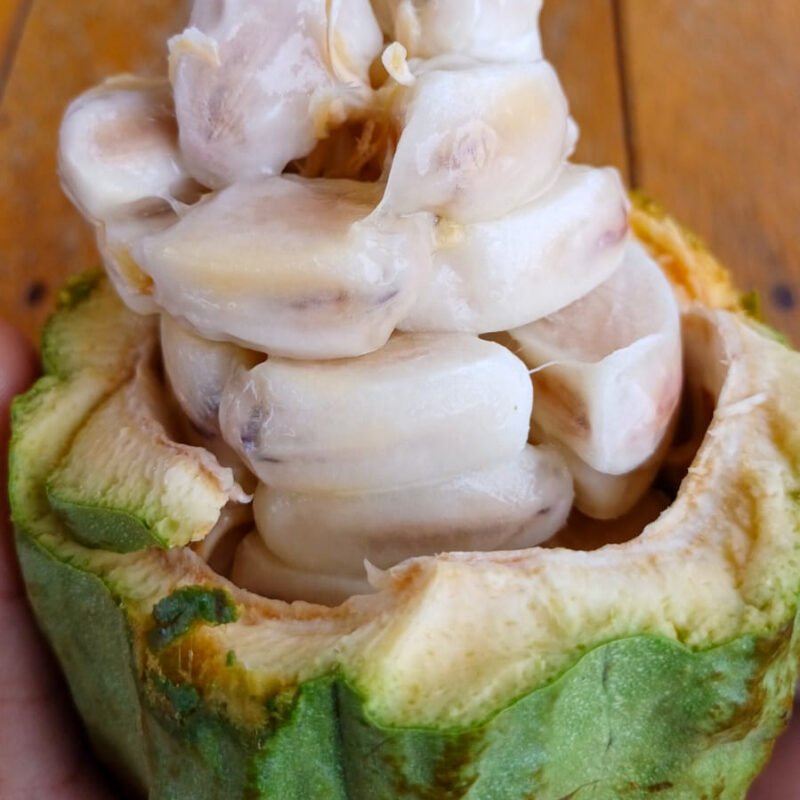
Bestseller
-
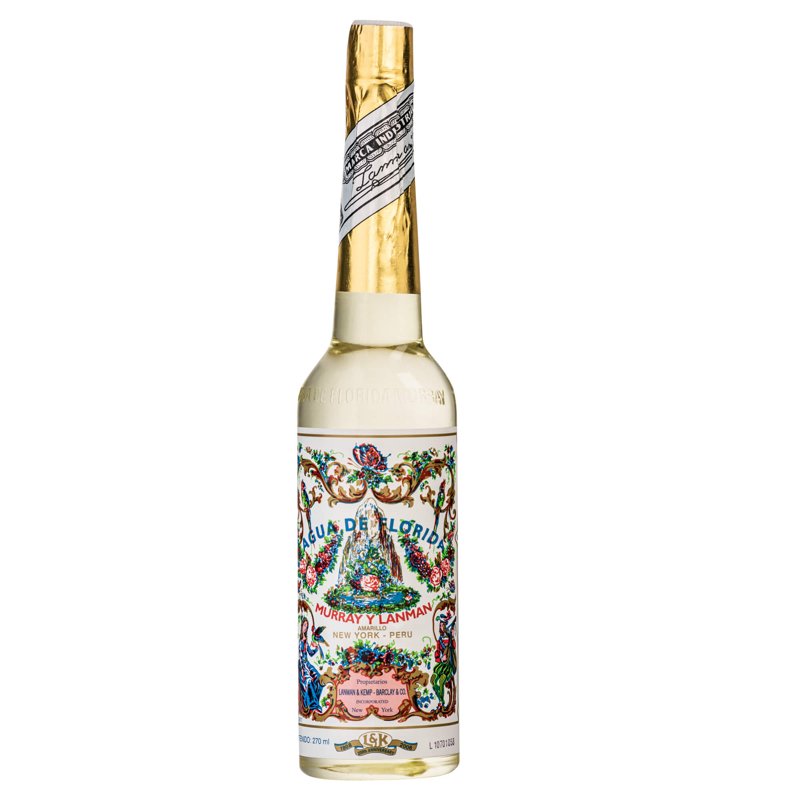 Agua de Florida Peru
Rated 4.89 out of 5CHF 12.75 – CHF 21.25Price range: CHF 12.75 through CHF 21.25
Agua de Florida Peru
Rated 4.89 out of 5CHF 12.75 – CHF 21.25Price range: CHF 12.75 through CHF 21.25 -
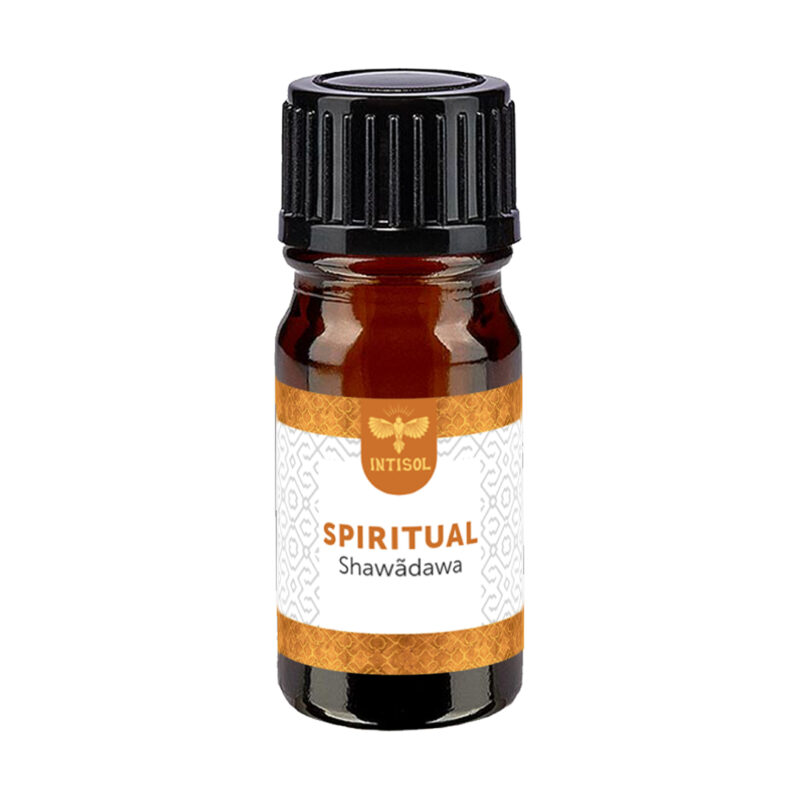 Shawadawa Rapé - Spiritual
Rated 5.00 out of 5CHF 12.00 – CHF 41.60Price range: CHF 12.00 through CHF 41.60
Shawadawa Rapé - Spiritual
Rated 5.00 out of 5CHF 12.00 – CHF 41.60Price range: CHF 12.00 through CHF 41.60 -
 Kuntanawa - Ayarapé
CHF 12.00 – CHF 41.60Price range: CHF 12.00 through CHF 41.60
Kuntanawa - Ayarapé
CHF 12.00 – CHF 41.60Price range: CHF 12.00 through CHF 41.60


